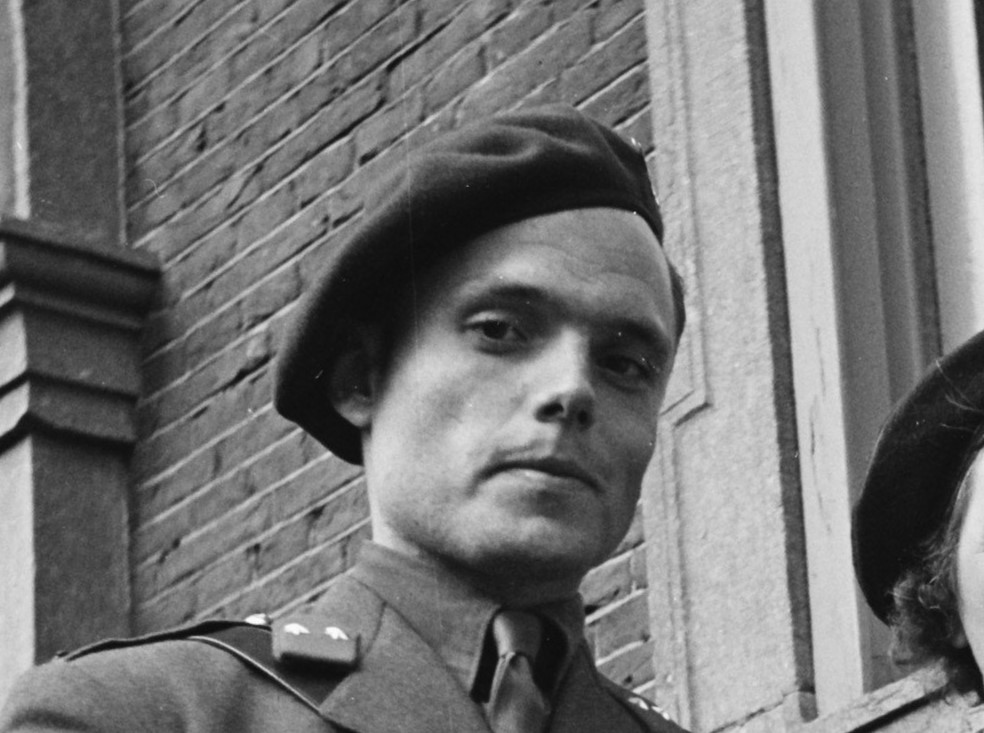Peter Tazelaar in1945.
Peter Tazelaar was a member of the Dutch resistance during World War II and worked as an agent for the British Special Operations Executive (SOE). Created in July 1940, the SOE was a secret World War II organization responsible for conducting espionage, sabotage, and reconnaissance in occupied Europe. (and later, also in occupied Southeast Asia) against the Axis powers, and to aid local resistance movements.
Tazelaar was born in Fort de Kock, Dutch East Indies on May 5, 1920. Tazelaar’s journey into the world of covert resistance, intelligence, and sabotage began when he came into contact with a fellow midshipman called John Birnie, who, along with other midshipmen and cadets, had formed an underground resistance organization called Ordedienst (OD)
The OD was likely lhe largest secret anti-German organization in the Netherlands until 1942, when the Landelijke Organisatie voor hulp aan onderduikers (LO) was formalized. The OD consisted mainly of former military officers, public servants, and like-minded civilians. Initially, the goal was to establish an order service to maintain public order after the expected departure of the Germans. However, when this did not seem realistic, the members began to actively resist, including sabotaging the German network.
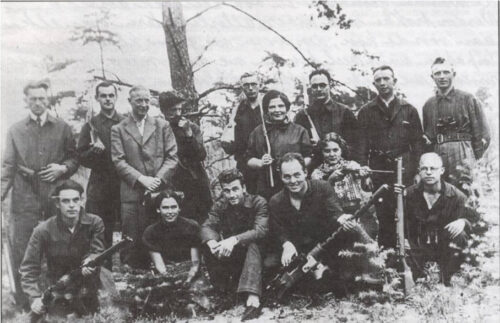
The most important task was to collect intelligence about the enemy to send to England, where the Dutch government and Queen Wilhelmina had established themselves in exile. The OD believed that there would be a power vacuum at the moment of liberation from the Germans, and they saw it as their duty to maintain order and assist the allied armies.
The OD and SOE worked together in the Netherlands, where the OD provided intelligence and support to the SOE’s operations. However, the relationship between the two organizations was not always smooth, and there were instances of tension and disagreement.
In the early stages of the war, Tazelaar was chosen to travel to England to make contact with British Intelligence. He added his name to the muster roll as a stoker on a commercial freighter – a Swiss ship bearing a Panamanian flag as a disguise. Two Dutch resistance fighters also made their escape from The Netherlands on this ship.
Once in England, Tazelaar and his friends communicated with Queen Wilhelmina and her son-in-law Prince Bernhard. They were instructed by Queen Wilhelmina and SOE to execute a plan under the name Operation Contact Holland.
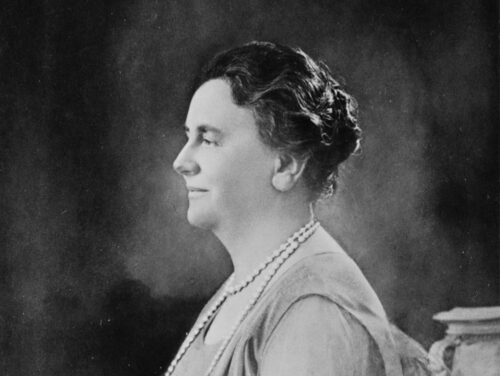
Operation Contact Holland
Operation Contact Holland involved Dutch agents, including Peter Tazelaar, who were sent to the Netherlands to establish contact with the Dutch resistance. The agents were tasked with gathering intelligence about the enemy and sending it back to England, where the Dutch government and Queen Wilhelmina were in exile.
The operation faced significant challenges. German forces captured Allied resistance agents operating in the Netherlands and used the agents’ codes to dupe the SOE into continuing to infiltrate agents, weapons, and supplies into the Netherlands. This was known as the Englandspiel or “the match against England”.
Tazelaar’s mission was to infiltrate Nazi-controlled Scheveningen, a resort town in The Netherlands. The plan was for Tazelaar, under cover of darkness, to be taken as close to the shore as possible in a rubber dinghy. He would then swim the rest of the way. Once he was on the beach, he would dispose of his diving suit (which had been specially designed with latex seals to be absolutely watertight) under which he would be wearing an upscale tuxedo (dinner suit).
Sound familiar? Well, if you’re a fan of James Bond films it should. This real-life event played out in a similar fashion to an iconic scene in the 1964 James Bond film, Goldfinger.
In the opening scene of Goldfinger, Bond emerges from the ocean in diving gear, takes out a guard, plants some explosives — and then rips off his diving suit to reveal that he’s wearing a completely pristine tuxedo (dinner suit) underneath. He then casually makes his way into a bar to await the explosion. This scene, while seemingly outlandish, was inspired by the real-life exploits of Tazelaar.
Interestingly, neither Ian Fleming’s original book nor the initial screenplay of the film included this scene. It has been suggested that Paul Dehn, a British scriptwriter and former senior intelligence officer during World War II who was called in to polish the screenplay, knew about the Dutch operation and incorporated the scene to provide the film with a compelling and dramatic opening. Reality can sometimes truly be as thrilling as fiction and just as fantastic.
Unfortunately, Operation Contact Holland didn’t proceed as flawlessly as anticipated. A radio, intended for Tazelaar’s use and dropped behind enemy lines, was damaged during the descent. The situation worsened when the task of evacuating key resistance members from the country was thwarted by perilous sea conditions.
The Germans became aware of the operation. With the Nazis on his trail, Tazelaar was forced to leave The Netherlands. He and another resistance member managed to escape in January 1942, marking the end of the James Bond-style beach landings.
Despite these setbacks, Tazelaar remained active with both the Dutch resistance and the British SOE. He returned to combat the Nazi occupation in November 1944, joining other agents in a parachute drop to carry out sabotage and espionage operations.
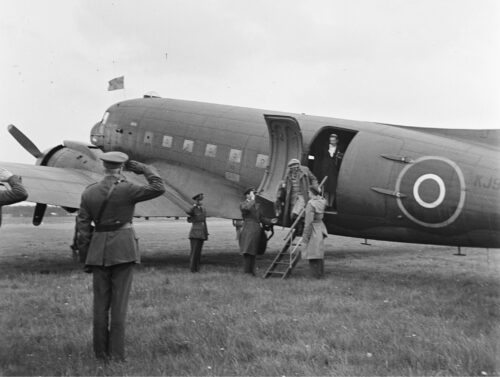
Post-War Activities
Following the war, Tazelaar served in Dutch East Indies, before returning to Europe to work behind the Iron Curtain in Eastern Europe for the United States. He passed away on June 6, 1993.
Peter Tazelaar’s life was filled with daring exploits and covert operations that not only contributed to the Allied efforts during World War II but also were an inspiration for one of the most iconic characters in film history — James Bond.
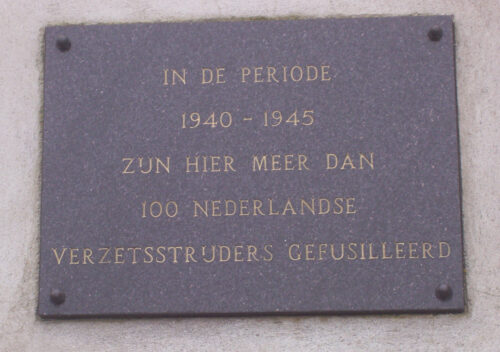
*The views and opinions expressed on this website are solely those of the original authors and contributors. These views and opinions do not necessarily represent those of Spotter Up Magazine, the administrative staff, and/or any/all contributors to this site.
